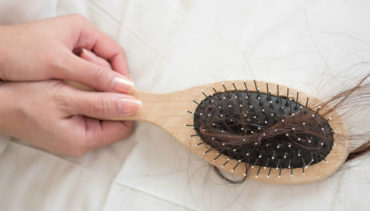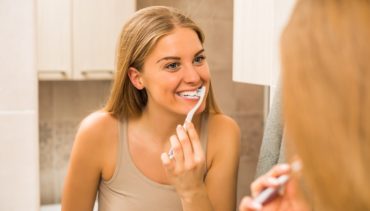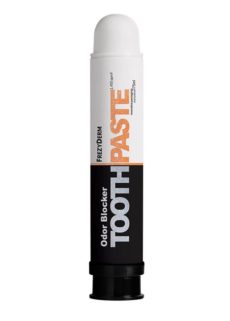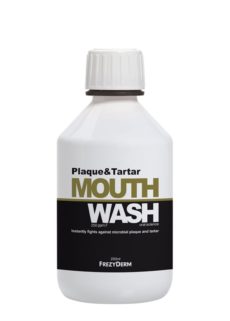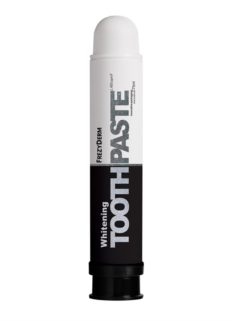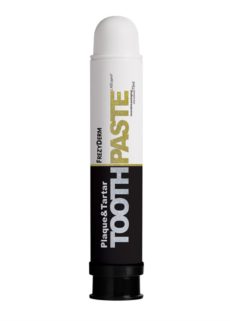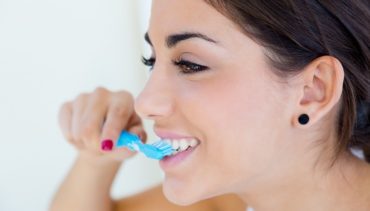
Ways to Take Care of Your Teeth – World Oral Health Day
Tuesday 20th March marks World Oral Health Day, but what’s the story behind it?
Organised by FDI World Dental Federation, World Oral Health Day was first declared in 2007 and was originally celebrated on the 12th September – the birth date of FDI founder Dr Charles Godon. However, the campaign was not fully activated until 2013, after which the date was changed to the 20th March.
The new date was chosen to reflect that:
- Seniors must have a total of 20 natural teeth at the end of their life to be considered healthy
- Children should possess 20 baby teeth
- Healthy adults must have a total of 32 teeth and 0 dental cavities
- Expressed on a numerical basis this can be translated as 3/20 hence March 20
So, with this in mind, we give you the best and most essential ways to take care of your teeth, improve your oral health, leaving you able to give a big healthy smile to all you meet on 20th March.
Choose a good toothbrush
With so many types of toothbrushes available it can be easy to feel lost. Think about what your dental needs and the condition of your teeth’s enamel and the healthy of your gums. If you’ve got sensitive teeth and gums then a hard bristle brush may not be the best choice. A brush with a small head is better as they can reach those often hard-to-reach places, including the back teeth.
Toothbrushes these days often come in different types of handles. Flexible necks, non-slip grips and curved brushes are widely available, but the one that is most comfortable for you to use is ideal. As long as the toothbrush head is reaching those teeth, you’ll be able to look after those knashers just fine.
For a lot of people, an electric toothbrush is a great alternative to the traditional manual toothbrush. Easy to use and often with built-in timers (to make sure you’re brushing your teeth for a good amount of time) they come in a wide range of prices to suit all budgets.
Brush your teeth properly and regularly
You should be brushing your teeth twice a day, at least. Morning and before going to bed. Ideally, you should be brushing your teeth after every meal but this isn’t always easy to do.
When you brush your teeth you should star with the outer and inner surfaces of your teeth, holding the toothbrush at a 45-degree angle in short strokes against the gum line. Always make sure to brush those teeth at the back of your mouth, as this is where a lot of food and plaque can be found.
Next start brushing the chewing surfaces of your teeth. Hold the brush facing down on to your teeth and brush back and forth along them. Then be sure to repeat the same movements on the upper or lower set (which ever one you didn’t start with) for a full teeth cleaning. Always brush the inside surfaces of your front teeth too as little food particles often gather down in the crevices here. Brush with vertical up-and-down strokes, using the tip of the brush.
Gums can easily be forgotten but gum health is just as important as your teeth. It keeps your teeth in place after all! Gently brush along the gum line. And brush your tongue too. It may sound weird but a lot of the bad breath-causing bacteria is created on your tongue. Brush your tongue with gentle, back and forth motions, helping you to have a fresher breath. If you’re particularly worried about bad breath and gingivitis then our Gingivitis Toothpaste is the perfect product to leave you minty fresh and kissing sweet.
Which leads us to what toothpaste you should be using…
Use a great toothpaste
Toothpaste is just as important as the brush itself. Depending on what your teeth need, your age, lifestyle and your dental condition. If you drink lots of teeth-staining drinks then a whitening toothpaste would be an obvious choice. If you’re thinking about a young child’s dental care then products created especially for their age group are going to be the most effective.
We have a range of toothpastes for many oral troubles and ages. From plaque & tartar toothpaste and pregnancy toothpaste through to even diabetic toothpaste, there is literally something for all types of people.
Floss, floss, floss
You probably know that you should be flossing regularly, but do you actually do it? Maybe not. Many don’t. In fact, a National Smile Month study found that less than a quarter of adults use dental floss regularly, and one in three had NEVER flossed their teeth.
How often should you floss? Dental hygienist Jenni Seaney says, “I recommend flossing once a day. Tooth brushing can be done twice a day – two minutes morning and evening and flossing once a day, usually at bedtime.”
Wash that mouth
Yes, we are talking about mouthwash. Using mouthwash that contains fluoride can help prevent tooth decay. Many people use mouthwash these days, but did you know that you’re not supposed to use it straight after brushing your teeth?
Using mouthwash, even one with fluoride, right after teeth brushing washes away the concentrated fluoride in your toothpaste left behind on your teeth.
To get around this, try using mouthwash at a different time, such as after lunch. This is a great way to help maintain great teeth on the go (say, at work) without compromise.
With all this essential dental information, you’re bound to be flashing a bright, happy and healthy grin on World Oral Health Day.
Take a look at our special oral care range to see more products that can help you get that all important perfect smile.




